
I’m just using this event to illustrate that a black person can also be caught shopping while black outside the United States. Most of my African American brothers and sisters will nod in agreement when I say that we can be anywhere shopping – yes, just minding our own business in a department store, pharmacy, grocer, etc. trying to spend some money we made, usually working for the man – and get mistaken for the help.
This happened to me a long time ago in Europe, before globalization made international travel, especially for Americans of color, more accessible to the hordes of tourists now seen globetrotting (in more ‘normal’ times at least).
To be precise, it was 1981 during my first overseas posting in Oslo, Norway as a Foreign Service Officer. I took a long weekend in October to visit a colleague assigned to Helsinki, Finland. Early winter had already begun to fall on the Nordic countries, along with brightly colored leaves. Accordingly, I packed a full-length coat.
One of the to-do things in Helsinki (for a woman) is to visit the Marimekko flagship store. The burst of color of its fabrics inside the shop (see below for examples), in a way, mirrored the vibrant tones of the changing and falling leaves outside. Oranges and reds and yellows abounded in the clothing and on the bolts of cloth that lined the walls.
I quickly eyed a blood-red shirtwaist dress printed with leaves in just those shades. I imagined how the abundant skirt would swish and swirl with my every step and decided that I had to have it. As I fingered the starched, heavy-duty cotton, someone interrupted my thoughts of making a show-stopping entrance in this frock and how I would accessorize it.
“Could you help me?”
I turned toward the voice and saw it attached to a white, 30-something, blond American woman. Mind you, I had on my coat with a purse on my shoulder.
“I need some help,” she continued.
I wanted to go rude to her face but opted for the silent treatment, looked her up and down, and then walked to my friend and told her what happened, loudly.
“You see that woman,” I started, pointing at the offender. “She thinks I work here. The Finns are some of the palest, blondest people on the planet and plus, I’ve got on a coat! She sees a black person and automatically thinks – salesgirl. Thousands of miles and common sense still can’t separate them from their prejudice and stereotypical thinking.”
By then, the woman had disappeared into the racks of clothing. I bought the dress and huffed out.
Now, I’ll admit that I have confounded a shopper for a seller in the States. And yes, they’ve all been white and yes, I’ve done it on purpose more than once. I like to see the befuddled look of “How could you possibly take me for someone who works here?” When it happens to me, my look is more one of exasperation and yes, anger and offense, especially when it’s so obvious that I am not a subservient worker bee or as Native Americans would say, ‘a mascot.’ (Think the Washington Redskins, the Kansas City Chiefs, etc.)

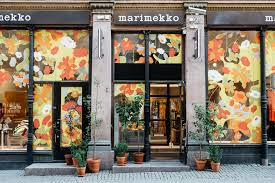
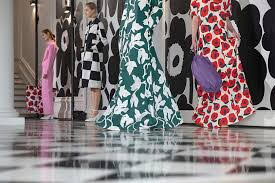



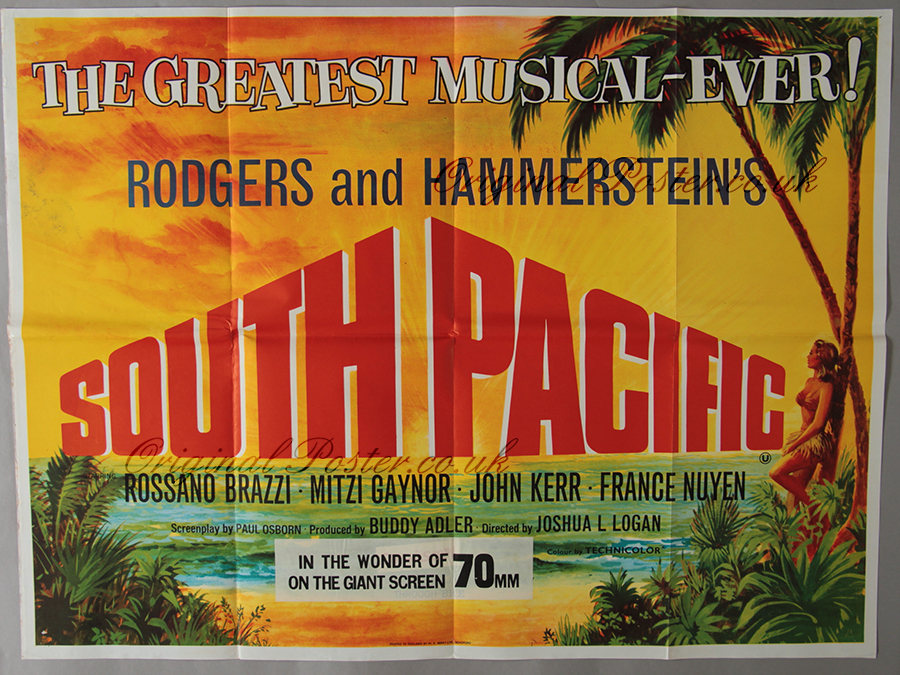
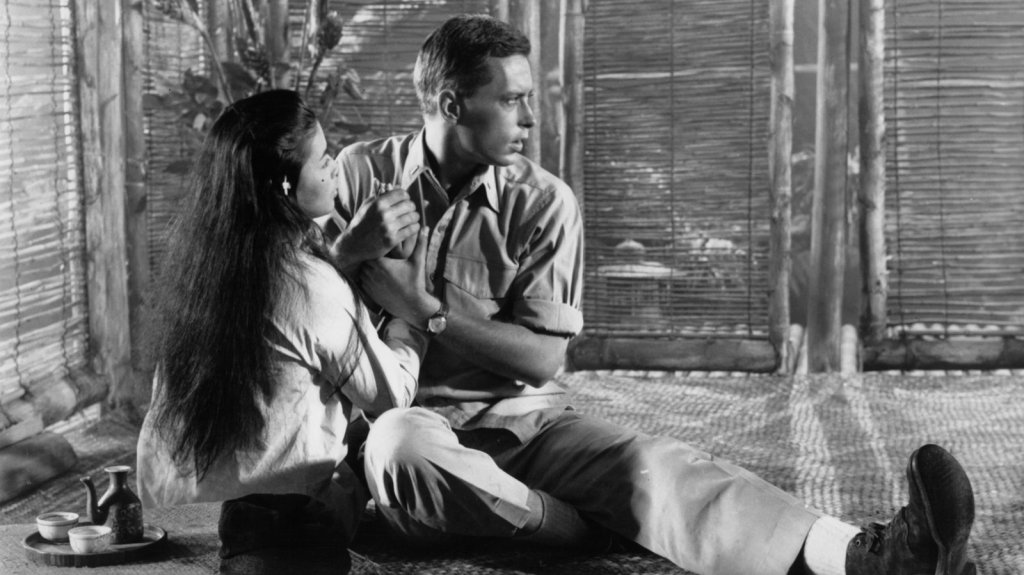
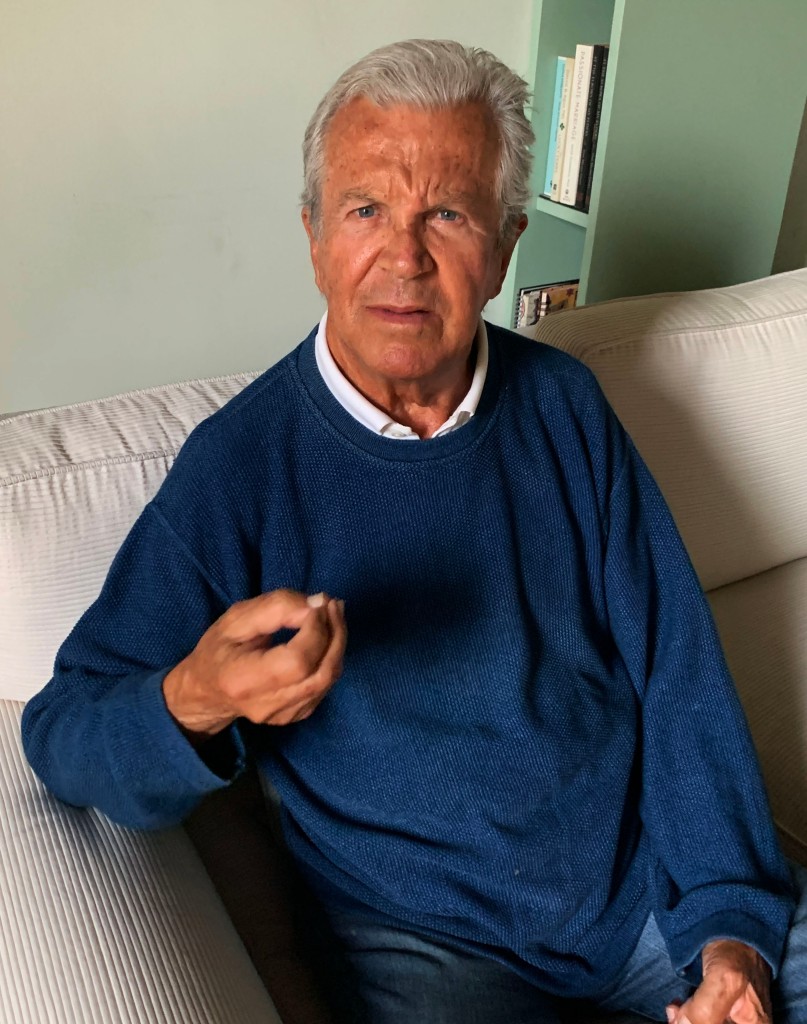


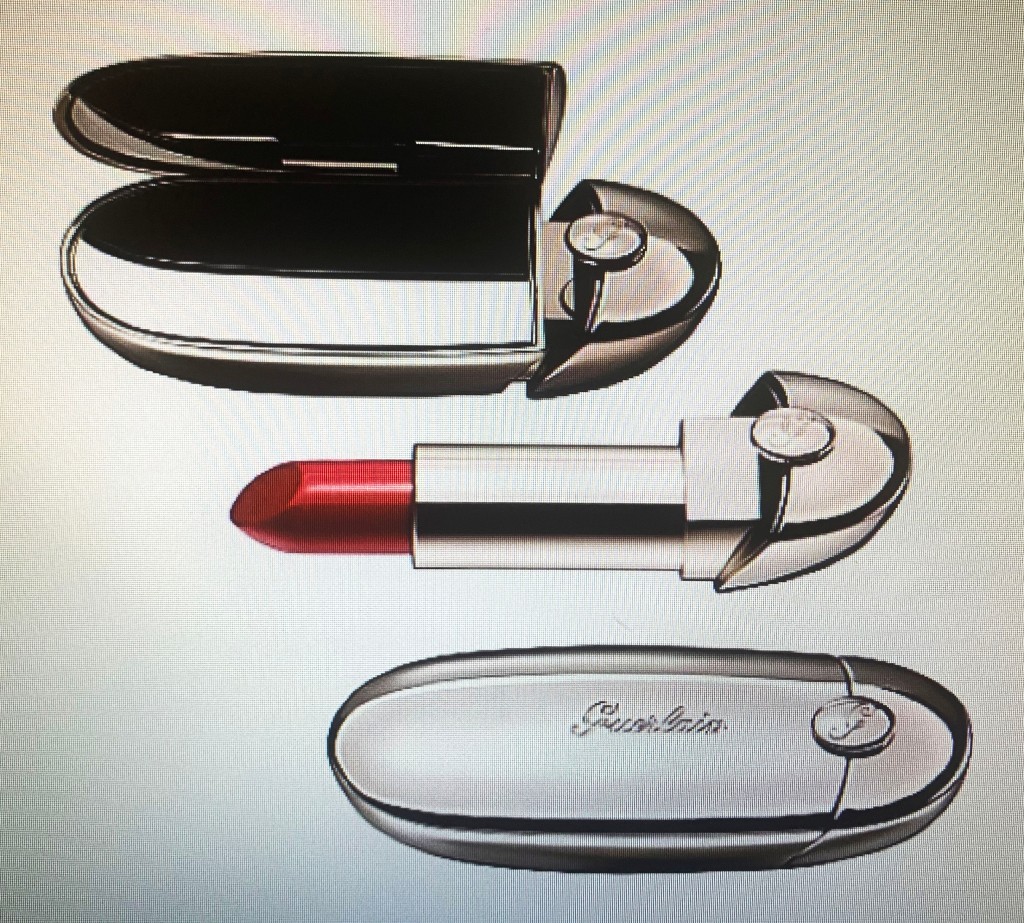
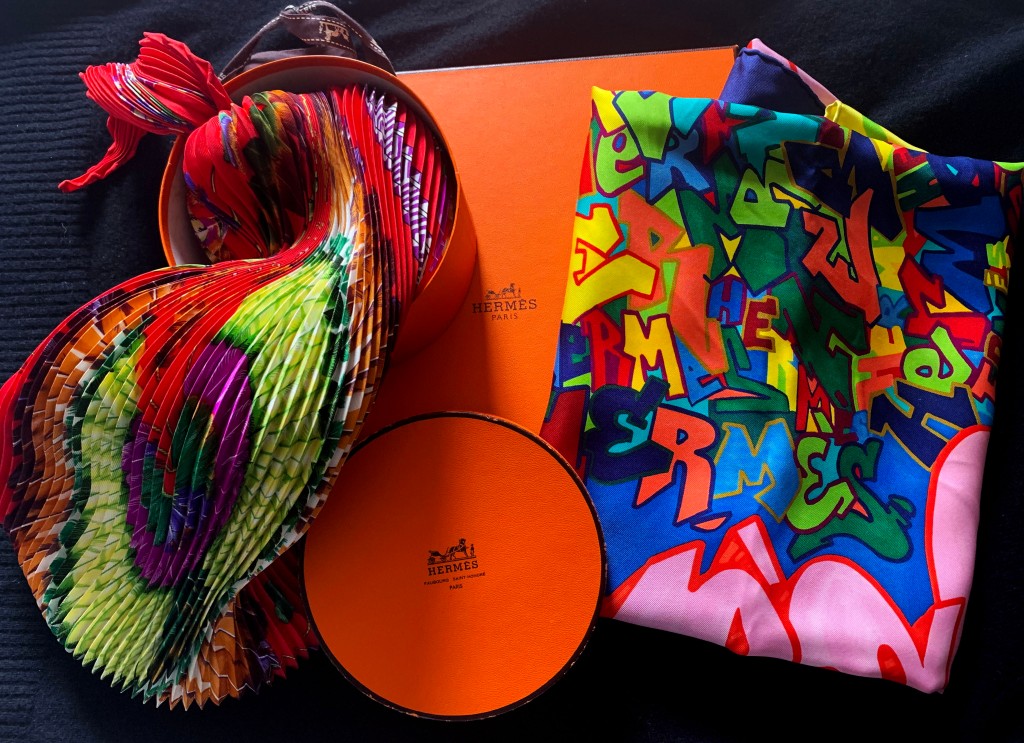












You must be logged in to post a comment.